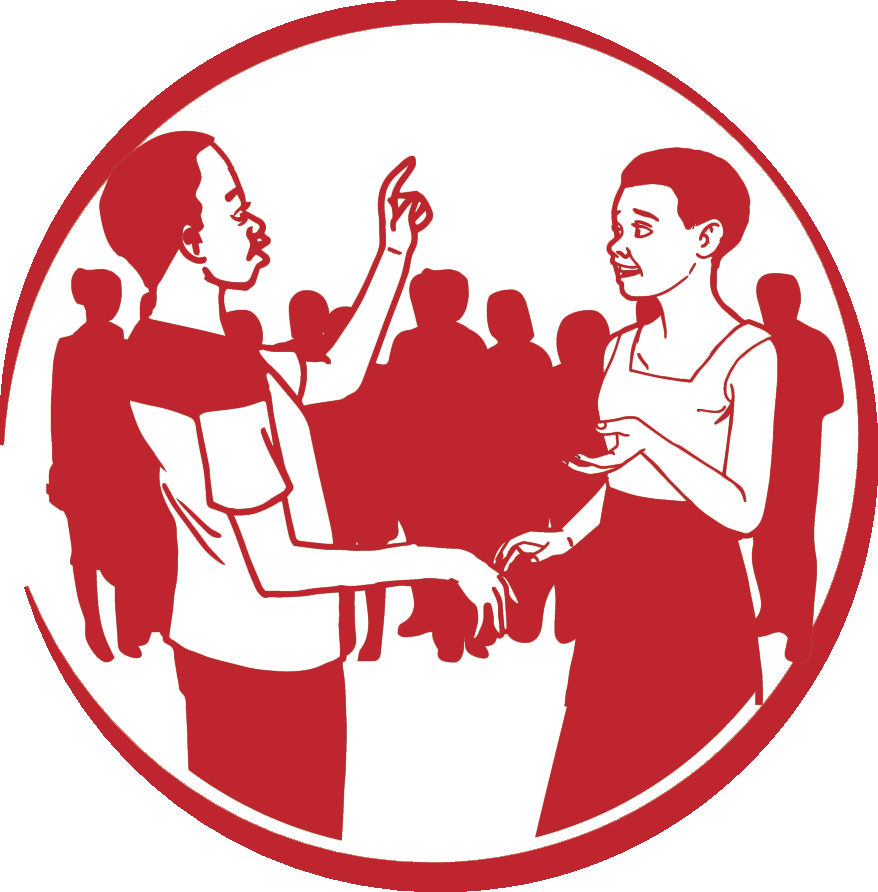Consider Communication Channel Pros and Cons for Using with Urban Youth
Part 2 > Essential Element 6 > Consider Communication Channel Pros and Cons for Using with Urban Youth
Communication channels are the methods used for delivering messages to your intended audience. Different channels are appropriate for different audiences. For example, a poster or leaflet with a lot of text can provide good information about an SRH problem, but may not be effective if the majority of your intended audience cannot read.
Urban audiences are generally exposed to more communication channels than rural audiences and may have more access to TV, computers and the Internet. Mobile phones are a channel that has proven to be very popular among youth and are being used in innovative ways to receive and share information.
The following pages describe the most common communication channels for urban settings, including pros and cons, a few suggestions for how to use each channel, considerations for using channels in an urban environment and examples of how they have been used.
Younger Adolescents
Keep in mind that young adolescents (10 to 14 year olds) may not have the same access to all channels as older adolescents. For example, they may not:
- Have the literacy levels to access and understand materials with more complicated language or information.
- Be able to watch certain programs on television with their family because of program timing or mature content.
- Be able to listen to a radio program during times of the day if an older sibling or parent is home who decides what to listen to or watch.
- Be welcome at larger gatherings with older adolescents or they may be mixed into large group gatherings, so perhaps it’s best to sprinkle in a few messages for them to take away, as well.
- Have mobile phones and therefore may not benefit from SMS- or call-in-based activities as much as older peers.








